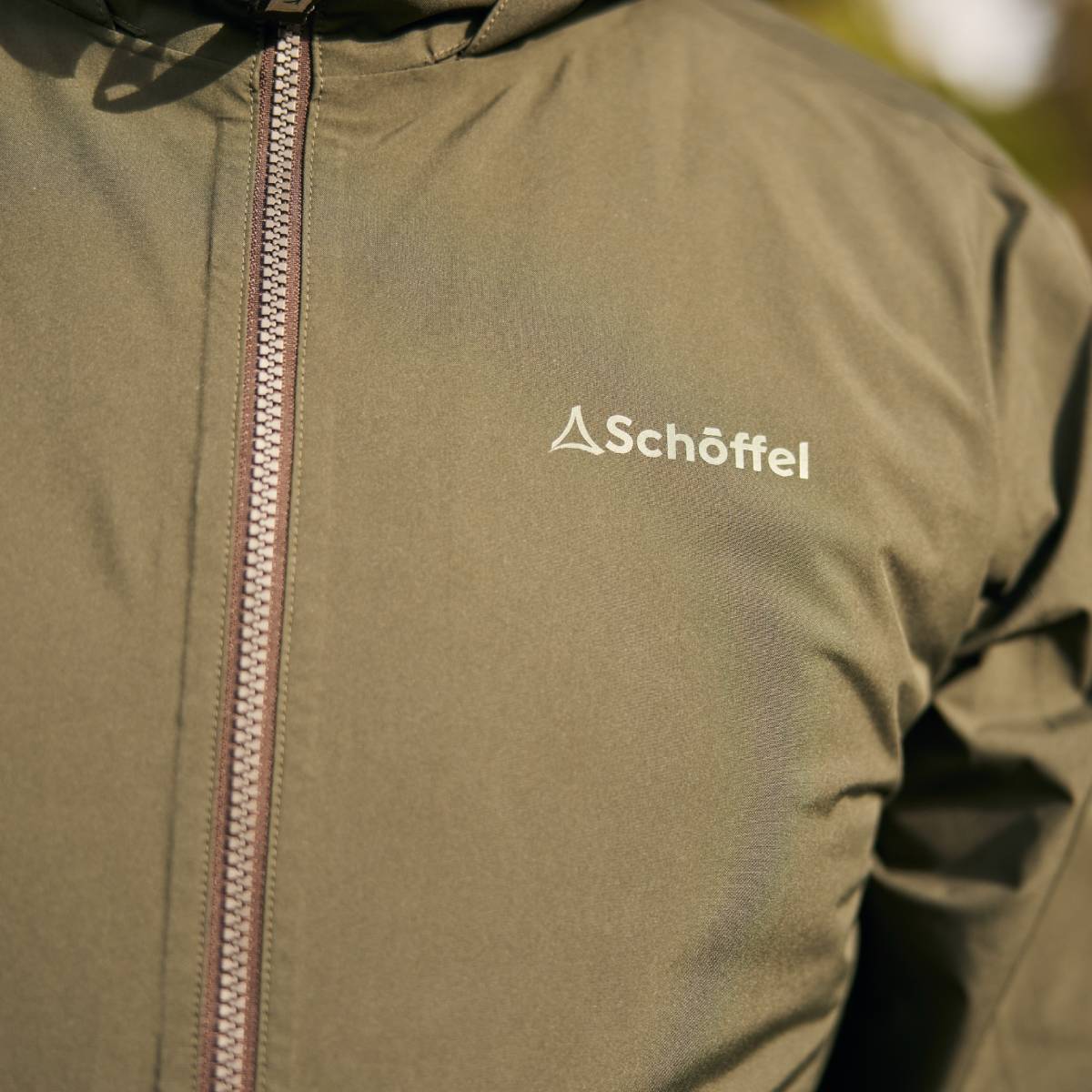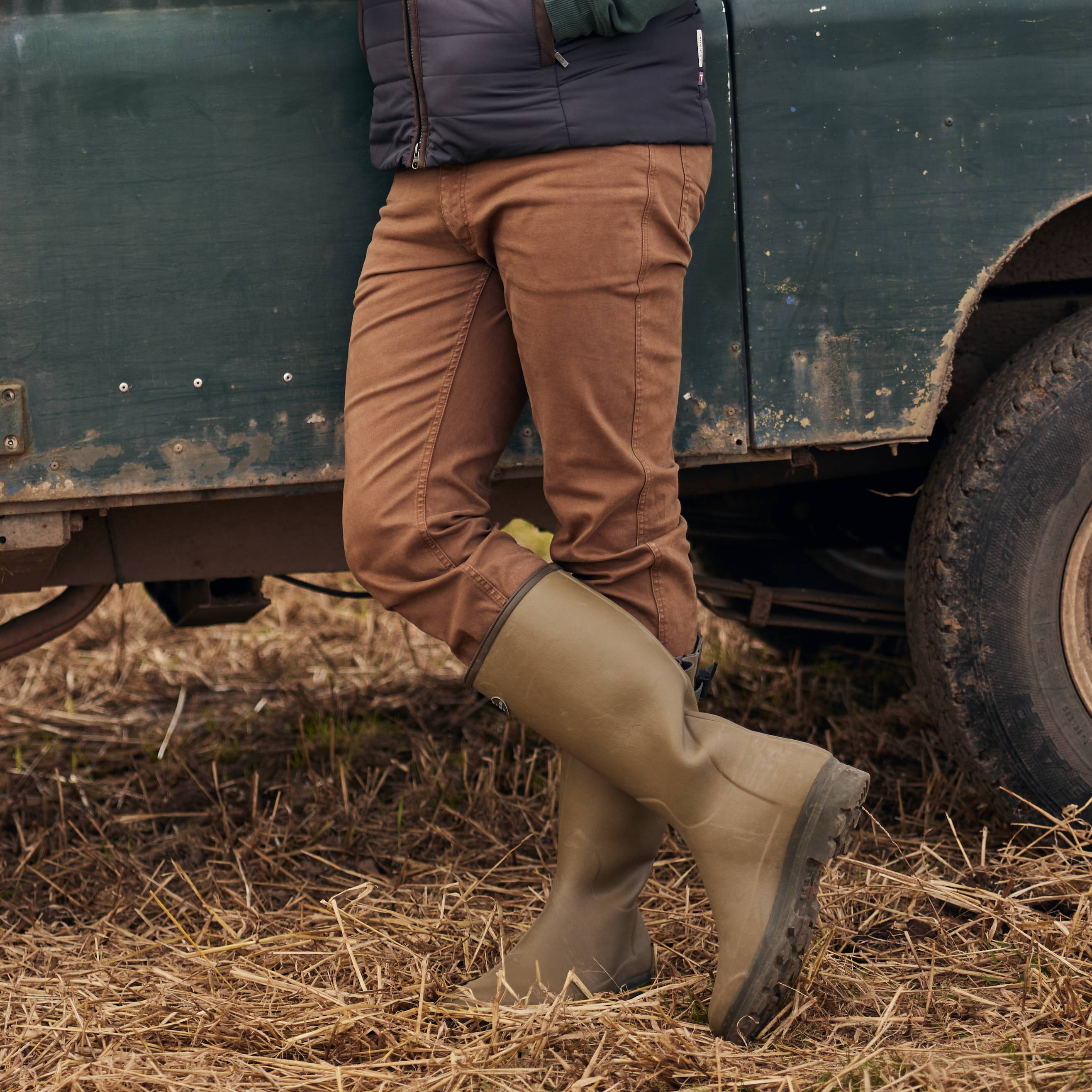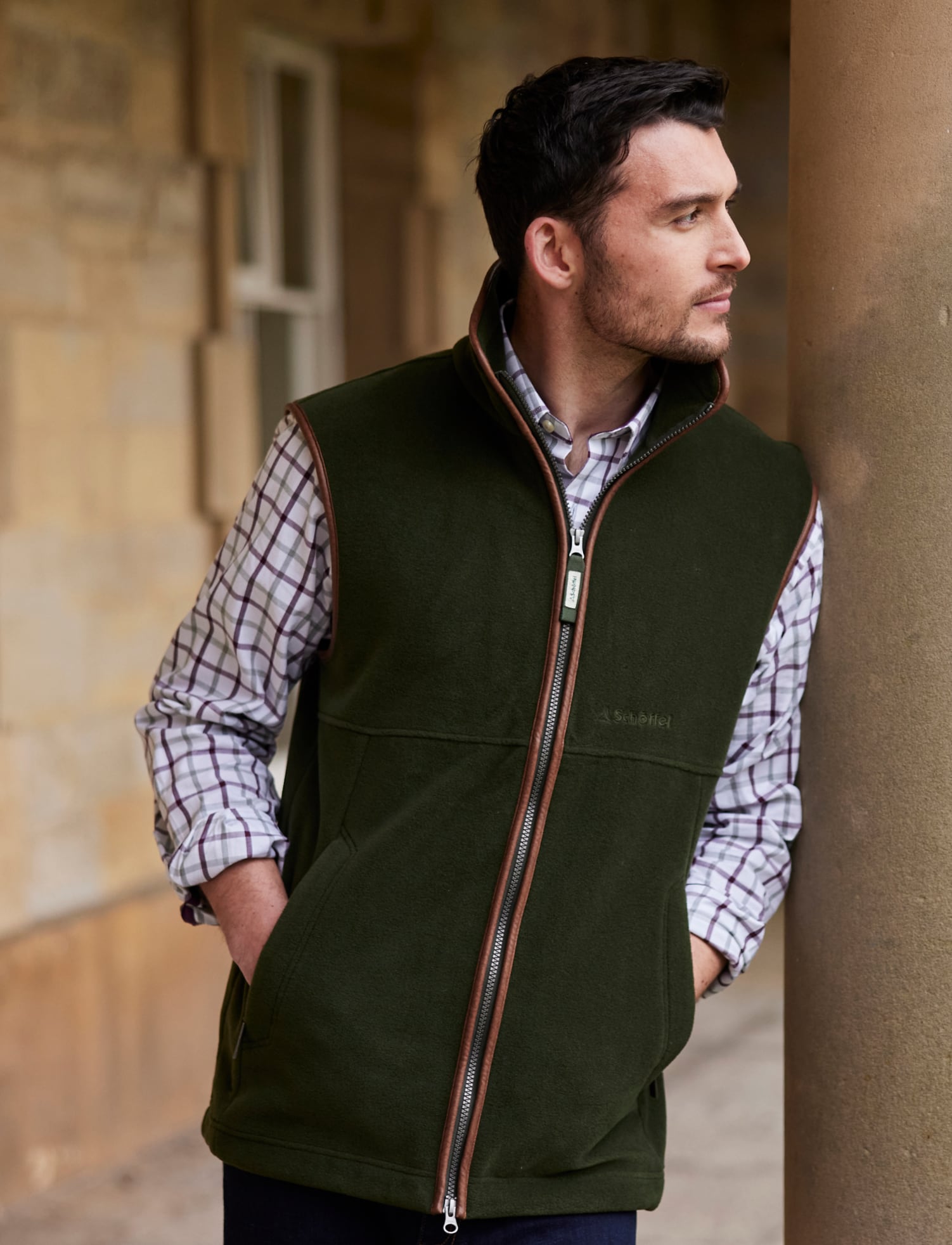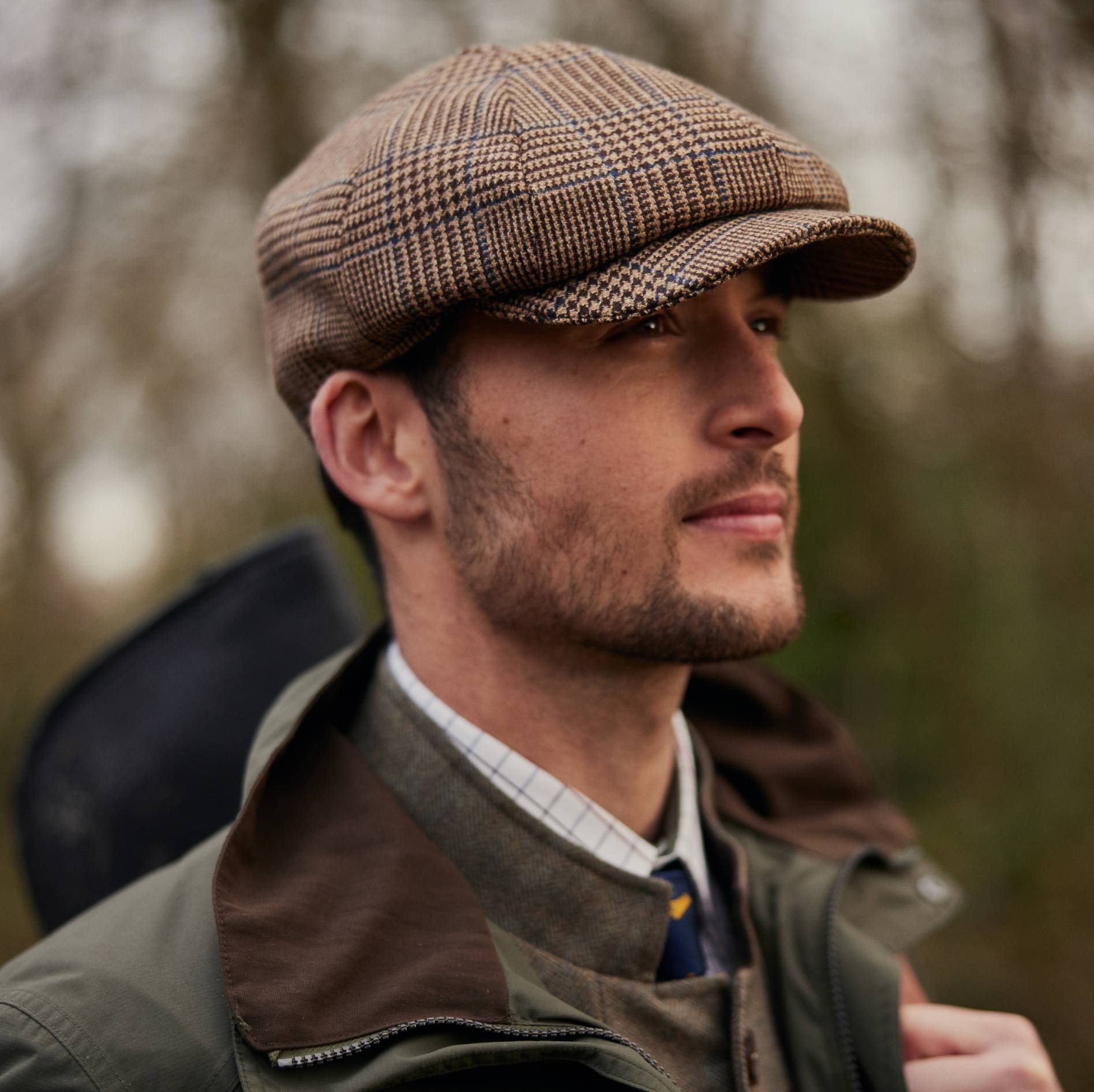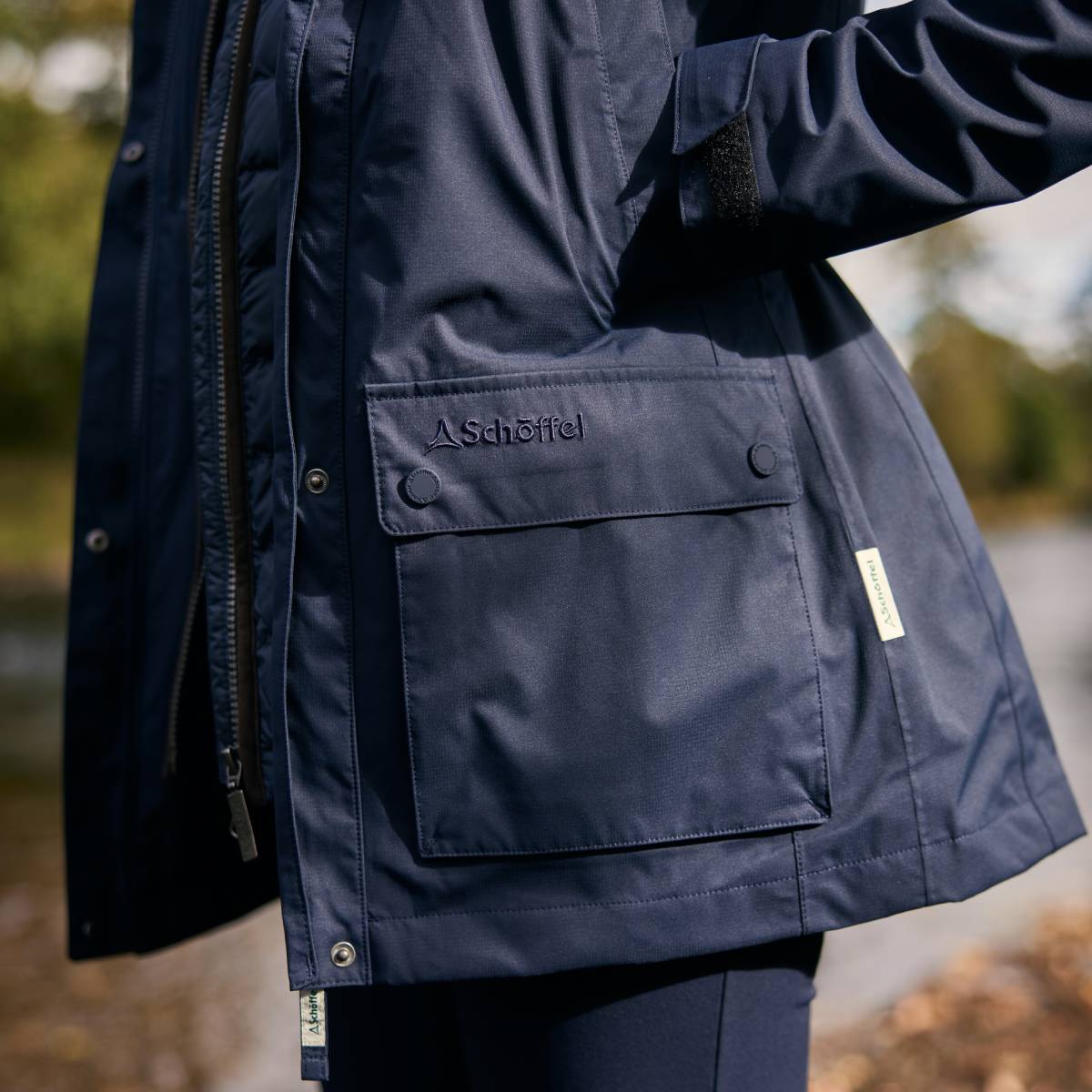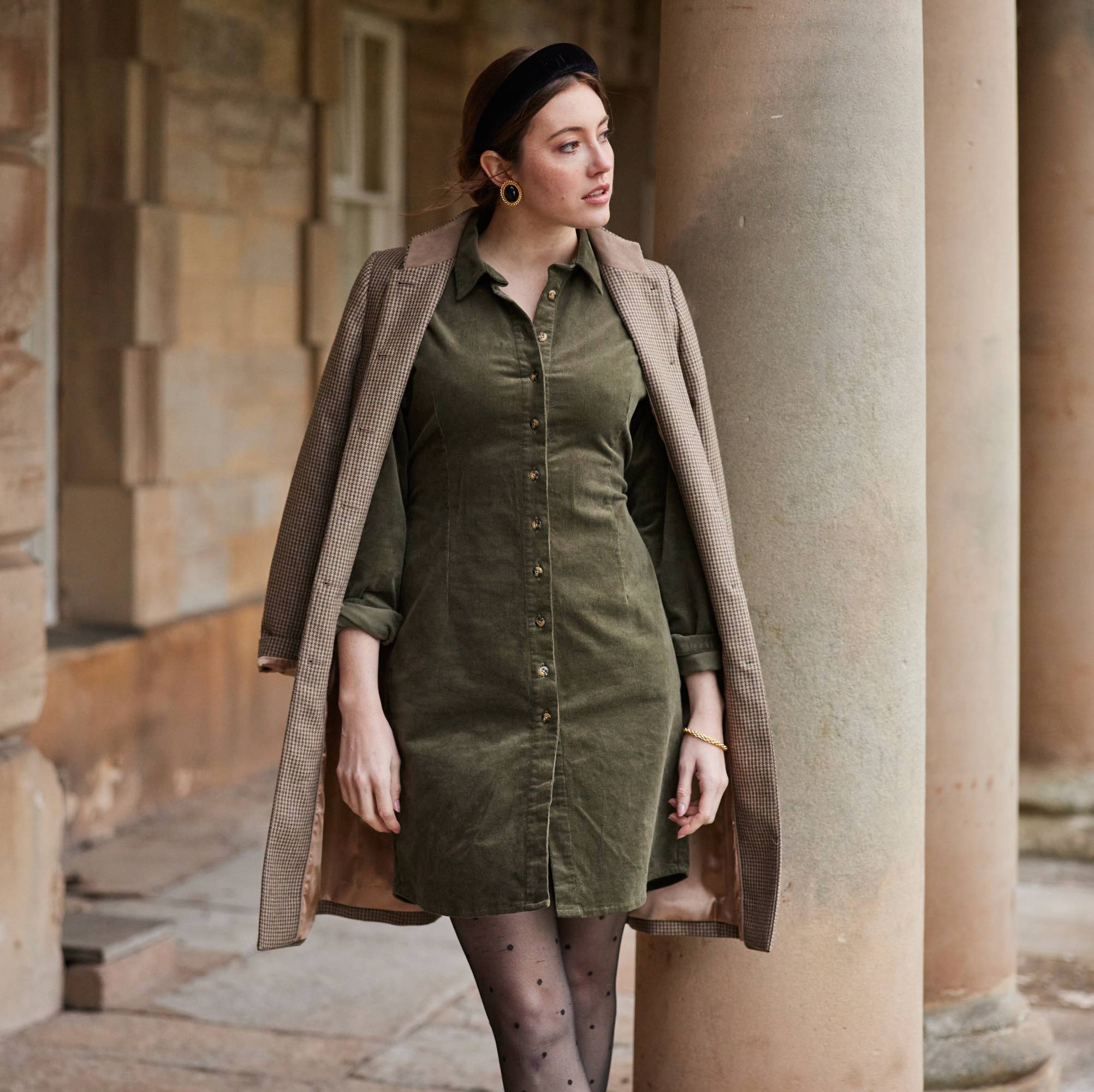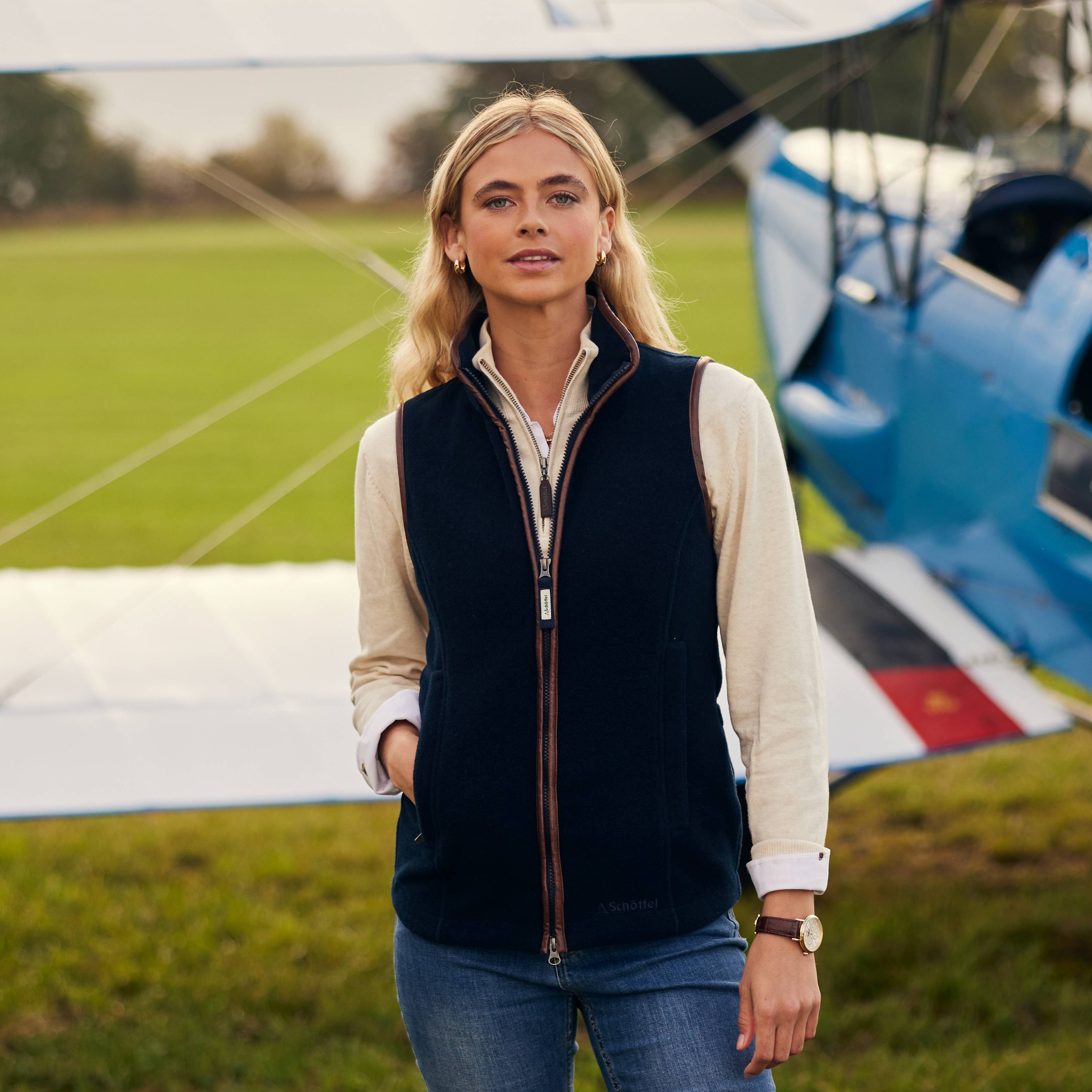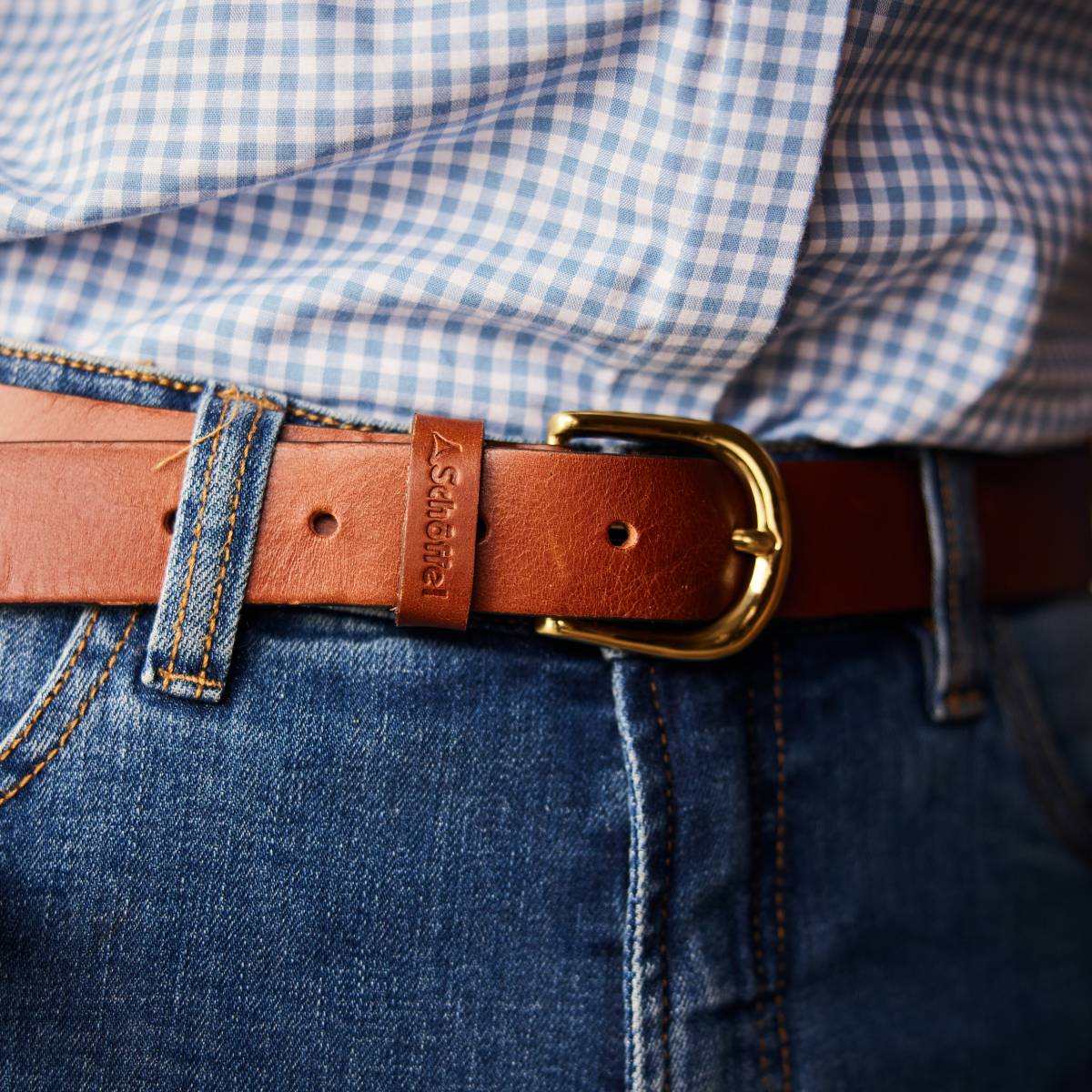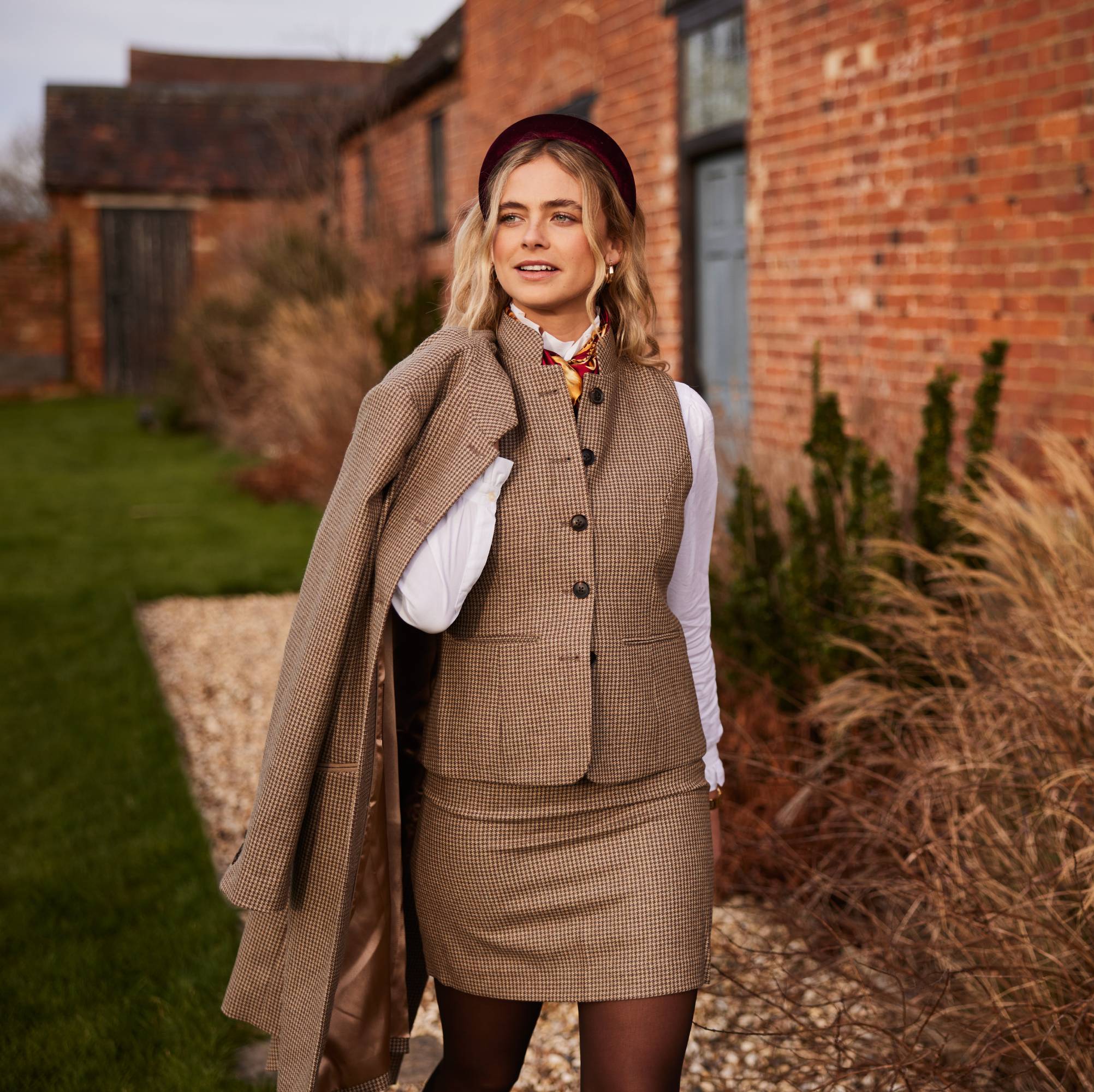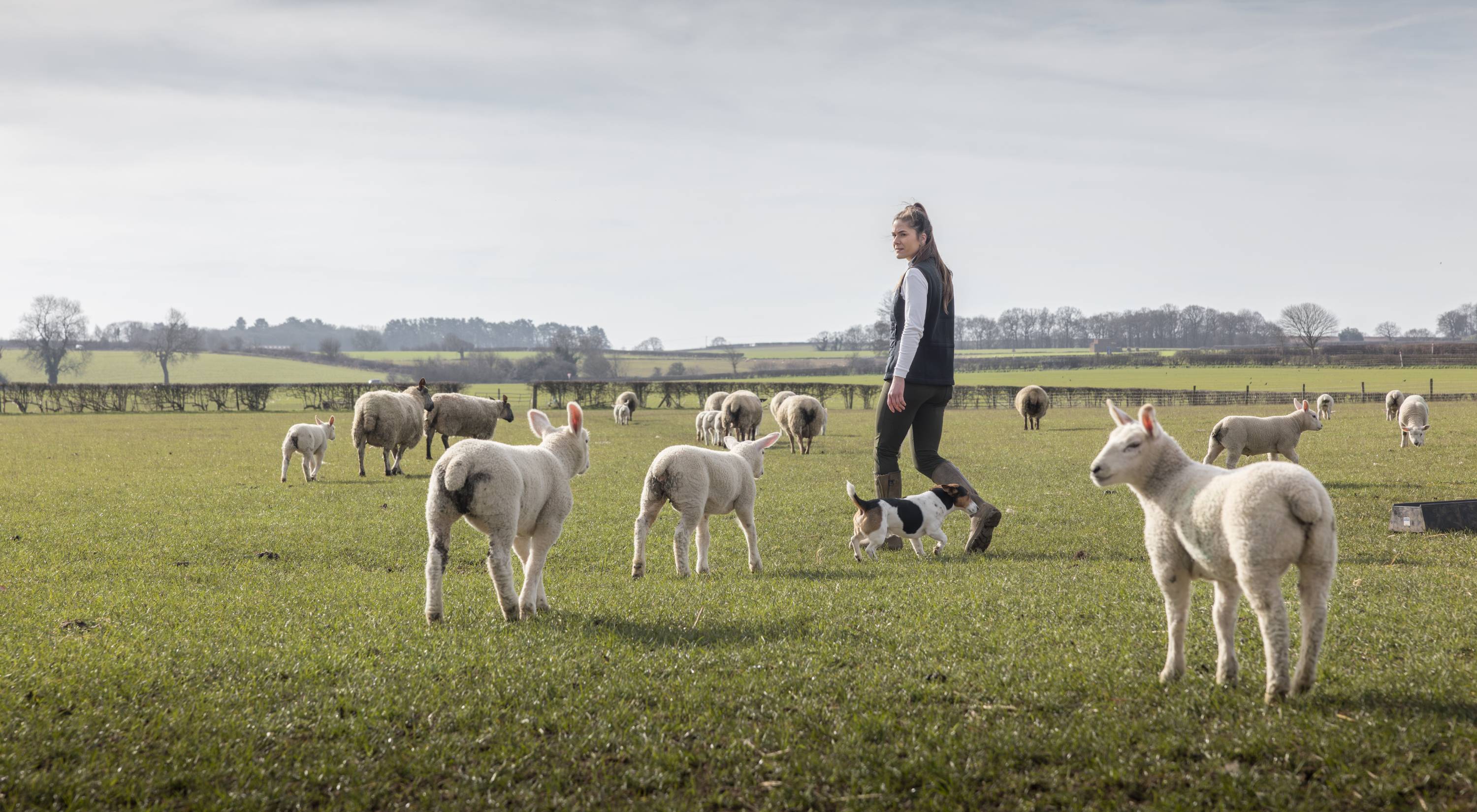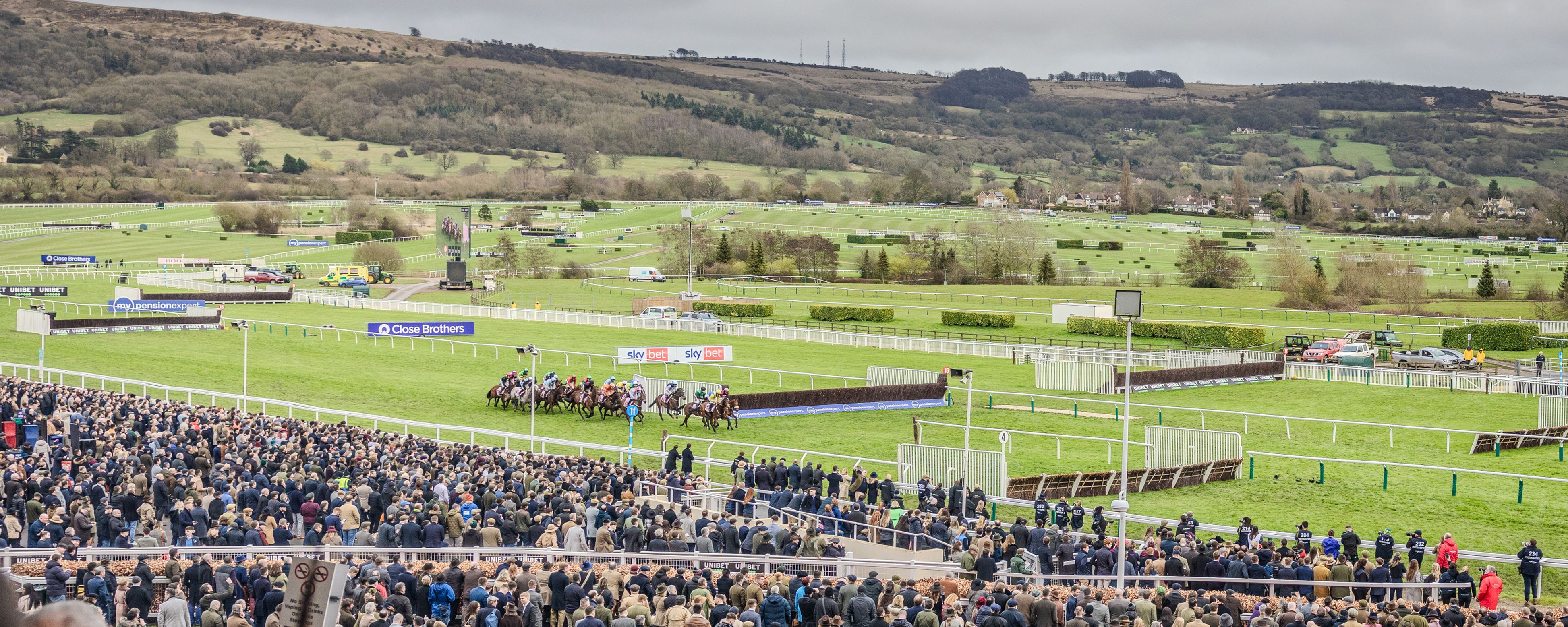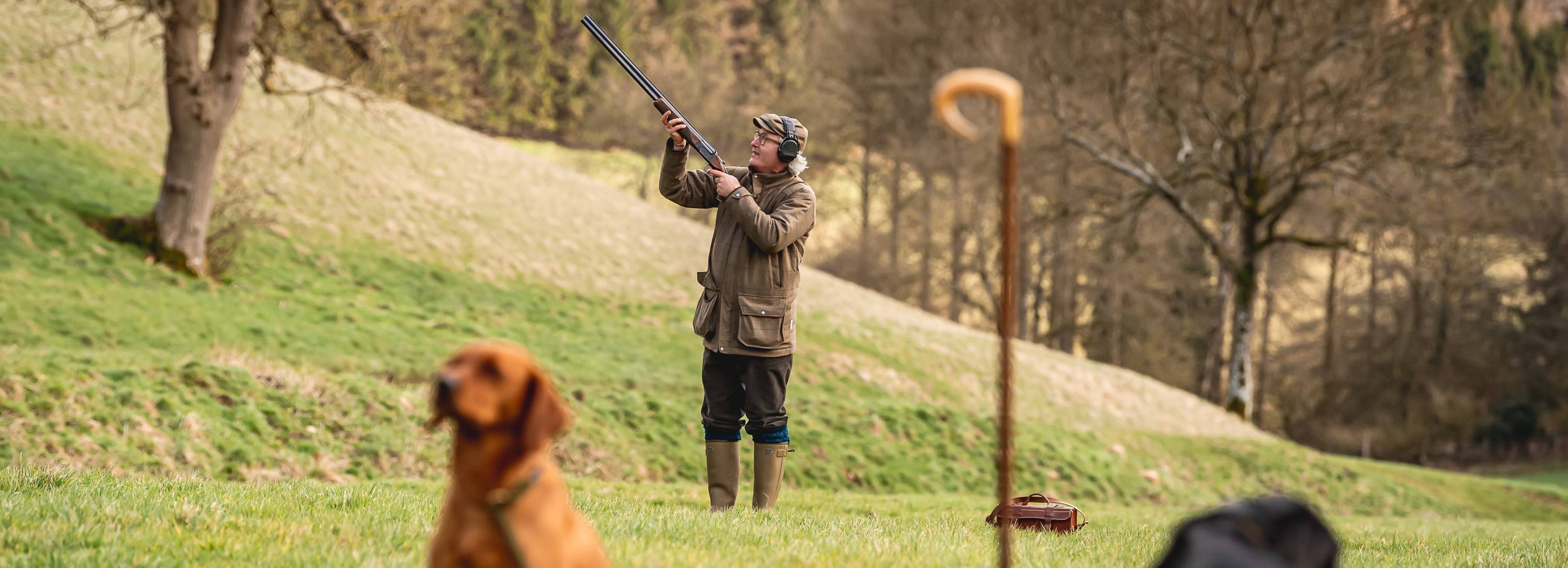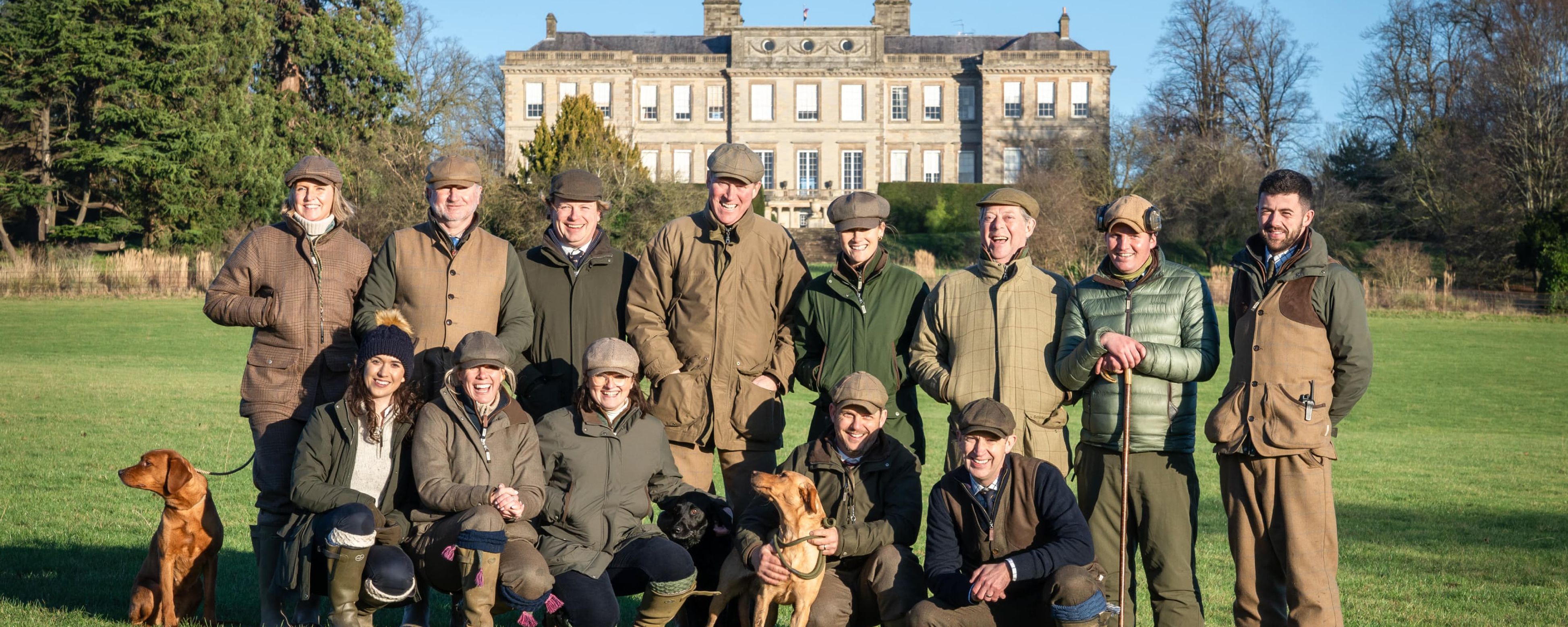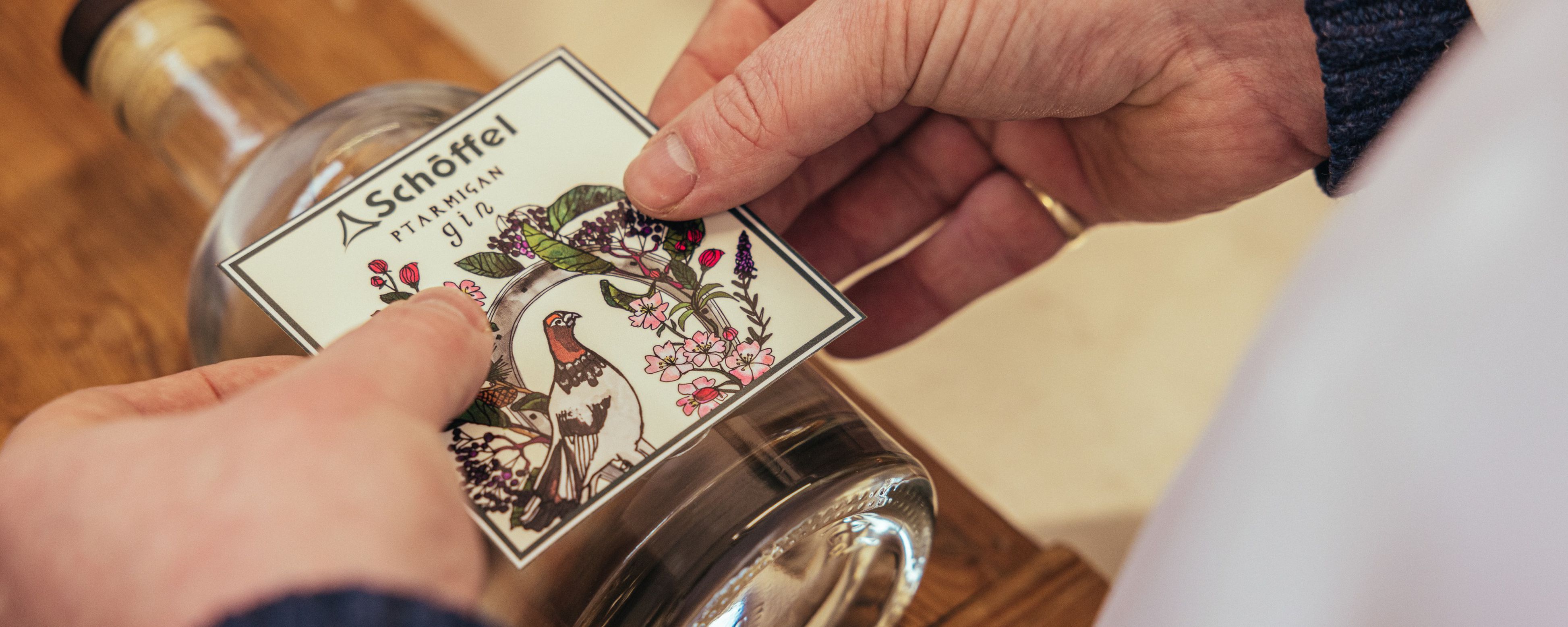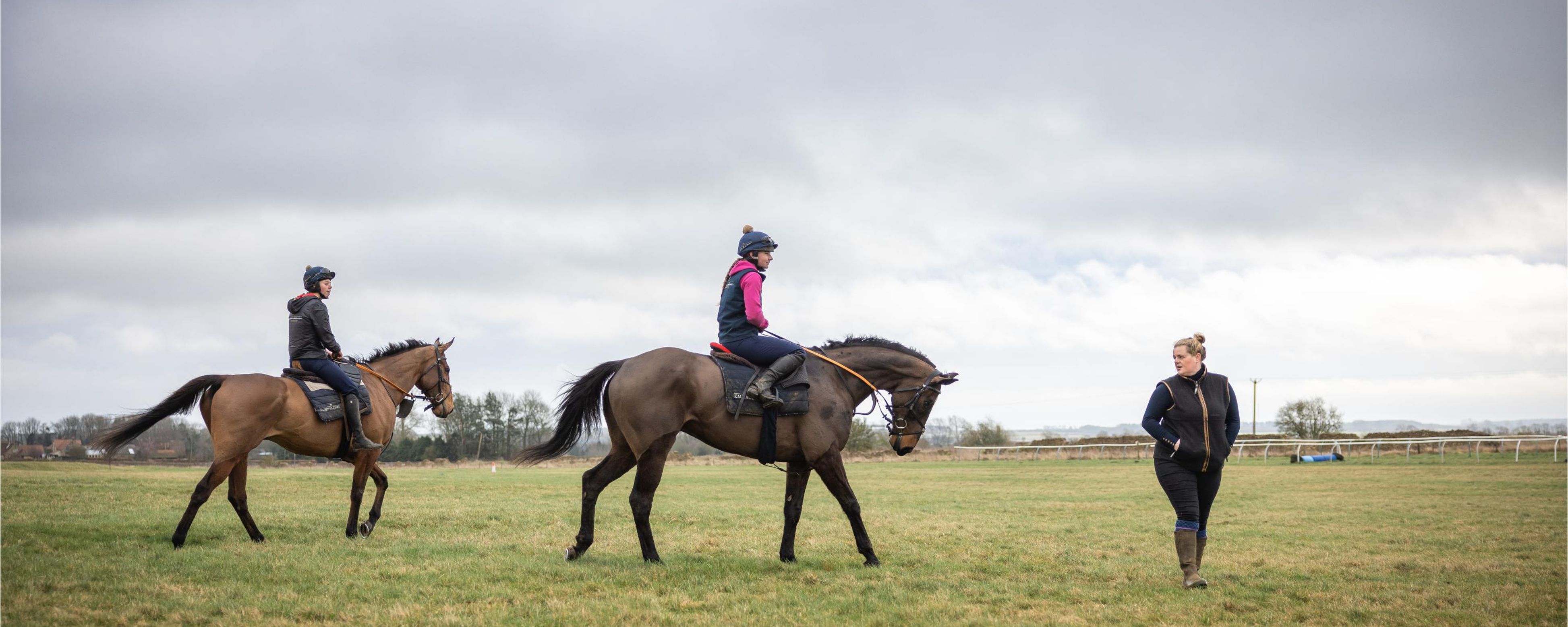

A guide to Badminton Horse Trials
Photograph: Shutterstock/ Tony Skerl
Once again, we’re gearing up for arguably the most prestigious event in the equestrian calendar. Are you looking to learn more about Badminton Horse Trials? Here’s a concise summary, in which we address a few frequently asked questions.
Badminton Horse Trials is a key event in the equestrian calendar. Taking place every year over the course of four days, it has firmly established itself as one of the most esteemed tests of horse and rider in the world, attracting in excess of 170,000 visitors annually.
Every year, as we prepare to attend Badminton, we are asked questions – in the office and on social media – about various aspects of the event, so we thought it was about time that we distilled all of those into a brief but useful guide.
What is badminton horse trials?
Badminton Horse Trials is an annual competition in which horse-and-rider pairs go head to head in three different disciplines – dressage, cross country, and showjumping – over the course of four days. Each discipline requires its own set of skills and attributes, so horses must be well-rounded and able to demonstrate obedience, precision, stamina, courage, speed and accuracy. It’s no mean feat.
International horse trials are graded by difficulty, ranging from one-star to five-star events. Badminton Horse Trials is one of only seven CCI5* events in the world. It is also the oldest such event in the world, this year celebrating its 75th anniversary.
Over the years, the event has become a highlight of the calendar year for the tens of thousands of spectators who turn up to watch the equestrian elite in action, enjoy the beautiful surroundings of Badminton Estate, and peruse the 500+ tradestands in the Shopping Village where they can find retailers of clothing, food, lifestyle and equestrian products.
When and where is the 2024 badminton horse trials being held?
The 2024 Badminton Horse Trials will be held from 8-12th May. The dressage phase spans Thursday 9th and Friday 10th May, while the cross country will take place on Saturday 11th May and the final phase, the showjumping, will be on Sunday 12th May.
The event takes place in the park of Badminton House, the seat of the Duke of Beaufort in South Gloucestershire, some 15 miles from Bristol and Bath, and 100 miles west of London.
Will Schöffel Country be at Badminton horse trials?
Yes, the Schöffel Country team will be on hand supporting a few of the brand’s retailers who are exhibiting at the event. Look out for us on the Bredon Hill (169 Swangrove Street), Elm of Burford (167 Swangrove Street), and Brocklehursts (88 Deer Park Drive) stands!
When was the first Badminton horse trials?
The first ever Badminton Horse Trials, billed at the time as the “The most important horse event in Great Britain”, was held in April 1949. Inspired by the Summer Olympics of 1948 in London, the 10th Duke of Beaufort decided that ‘eventing’ – the term generally used to describe the sport at horse trials – was the perfect training ground for foxhunters. The Duke also recognised that such an event would assist in the training and selection of an Olympic team. His first iteration of the event would eventually pave the way for others around the country.
The prize money for the inaugural event in 1949 was £150 to the winner and a total of around £500 in all; today, the total prize fund for the event exceeds £400,000, the overall winner taking home £117,000.
How do horse trials work? And are horse trials the same as 'eventing'?
Eventing is split into national and international levels of competition.
There are 10 national classes, ranging from ‘BE80’ to ‘Advanced level (A)’. International classes range from CCI1* to CCI5*; the latter is the highest level at which the most advanced horses and riders compete.
Interestingly, the level of competition one can enter depends entirely on the experience and grades achieved by the horse – i.e. A horse must achieve a certain grade before it can enter higher-level competitions. As a result, amateurs may find themselves competing against the very best in the world. For more information on levels and grading, we recommend visiting the British Eventing website.
In the UK, the eventing season runs between March and October. And, depending on the level of the competition and number of entrants, horse trials may span one, two, three or four days. ‘Eventing’ and ‘horse trials’ are one and the same thing. Regardless of the timeframe they run over, horse trials are made up of three parts: dressage, cross country, and showjumping.
What are the three disciplines in horse trials?
Dressage always comes first and sees horse and rider perform a series of set movements in a rectangular arena. At Badminton the dressage phase takes place over two days.
The routine of a dressage test is pre-determined and will follow an order that horse and rider must learn before the event. The complexity of movements to be performed depends on the level of competition. Dressage is synonymous with precision and elegance, rhythm and communication, and an excellent level of technical control and obedience.
Cross country is all about bravery, stamina and jumping ability; it requires a different skillset entirely and is regarded by many as the most exciting of the three disciplines. Courses vary but all involve a variety of fences that competitors must negotiate. Run on grass, this phase also entails negotiating steps and ditches, water and steep inclines. The length and difficulty of the course, and the pace which you are expected to match, becomes more demanding as you rise through the levels. The aim is to negotiate every obstacle in the optimum time, which is pre-defined. Bravery, stamina and jumping ability are key here.
Showjumping is the final phase in horse trials. It might be held on grass or in an arena and requires horse and rider to jump a sequence of fences without knocking them down in a set time. This phase requires accuracy, carefulness and athleticism; the ultimate aim is to jump all the fences in order without knocking down any poles and incurring penalty points. The height of the jumps vary depending on the event and level of competition. Badminton is a CCI5* event, for example, where jumps are 1.30m high.

